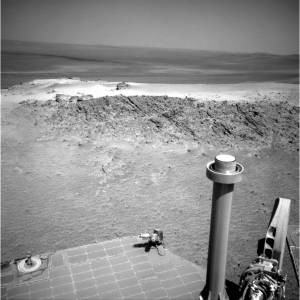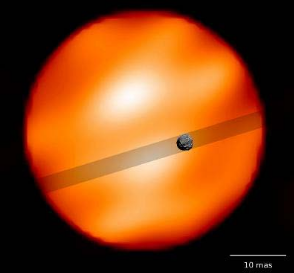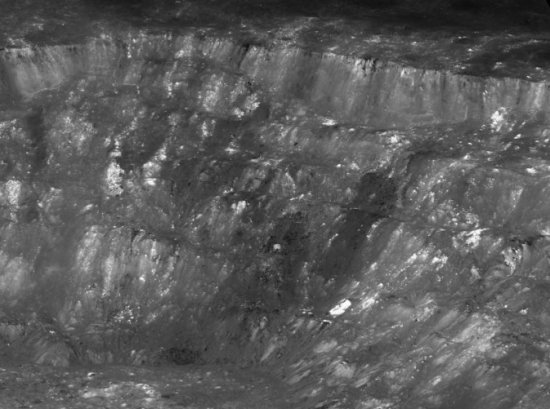Behind the Black officially premiered July 1, 2010, and has been up and running now for twenty months. I make it a point to post often and regularly on issues of space, science, technology, politics, and history, subjects that interest me personally. Except for one short period a year ago when family matters kept me away from the computer for several days, I have managed to update the webpage frequently every day during that entire time.
Because of this, traffic to the site has steadily grown. For this I thank you, my readers, especially those who love to add their own two cents to the webpage in the comments. While I certainly do not agree with all those who comment, I very much appreciate the open and intelligent nature of the discussion.
During that time I have resisted begging for contributions. Though I added a tip jar link to the webpage about three months ago (located in the right column below the search box), I have made very little note of it because shilling for dollars seems crass, and I feel that if I am doing a good job people will naturally look for it in order to donate to the webpage to keep it going.
However, today is my birthday, so I feel I have the right to do some self-promotion. Moreover, for the past fifteen years I have made my living as a freelance science writer. The business, however, is changing, and I am finding that I am becoming increasingly reliant on the income I make from at my own website over that earned by selling articles to magazines.
Thus, if you are a regular reader of Behind the Black, please consider giving the website a donation, no matter how small. Not only would I appreciate it greatly, it will help make it possible for this website to continue and grow.








